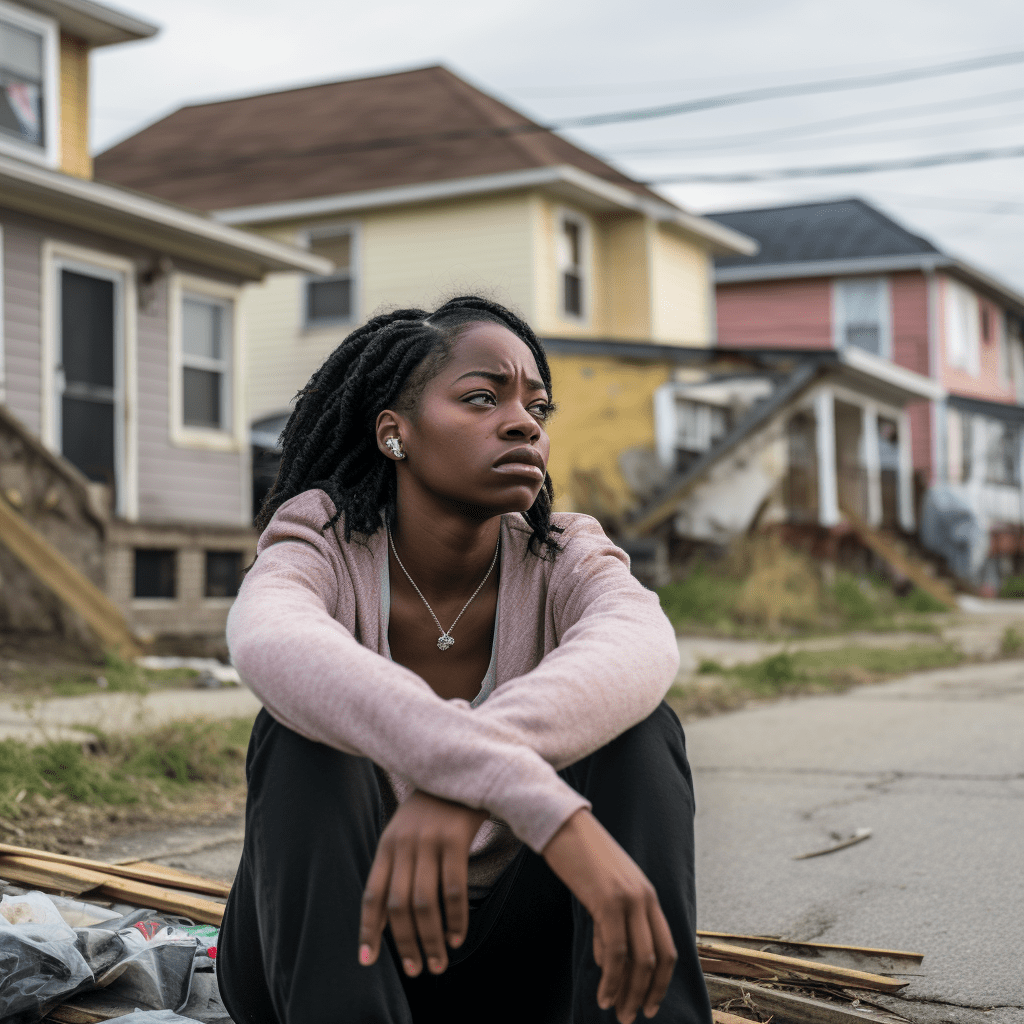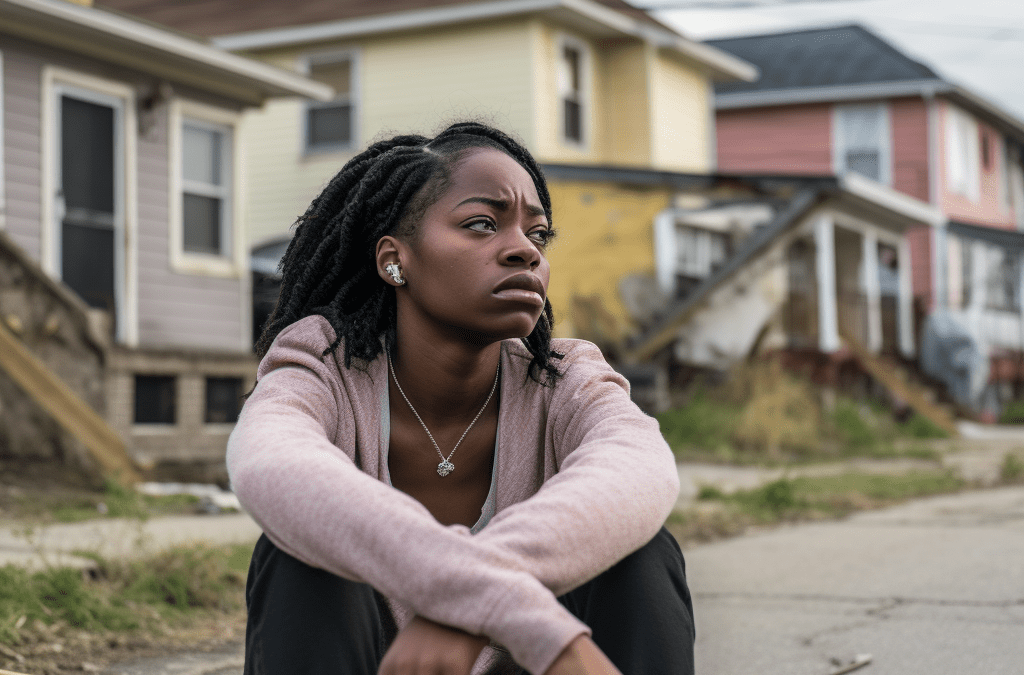
How Redlining’s Dark Past Shapes Black America’s Housing Struggles Today
The Ghosts of Redlining
Redlining, a discriminatory practice that began in the 1930s, has left an indelible mark on Black America’s housing landscape. The federal government once encouraged lenders to consider “neighborhood characteristics” like race, leading to long-term segregation and economic disparity (SAVI). This practice significantly impacted neighborhood demographics, creating a ripple effect that still haunts Black communities today.
“Redlining significantly impacted neighborhood segregation 50 and 80 years later… Lower HOLC grades (such as ‘C’ or ‘D’) led to more segregation” (SAVI).
The isolation index, a measure based on neighborhood demographics, shows that redlining has led to more segregated communities. The grades assigned during the redlining era explain 85% of the segregation in Indianapolis neighborhoods as of 2018. The African Roots of Black Music delves into how systemic issues like redlining have influenced Black culture and community.
The Economic Fallout
Redlining didn’t just segregate; it impoverished. HOLC grades and 1990 segregation levels explain 51% of the difference in economic opportunity from one neighborhood to another. If you were born into a poorly graded neighborhood, your annual earnings could be slashed by $15,000 by the time you’re 30, even if your parents’ income remained constant (SAVI).
“Being born into a poorly graded neighborhood decreases a child’s annual earnings by $15,000 near age 30” (SAVI).
This economic fallout has a direct link to Black Politics and Anti-Black Politics, where the systemic issues affecting Black communities are explored in depth.
Health Disparities: A Grim Picture
Health outcomes are another area where the shadow of redlining looms large. Both diabetes and self-reported health show linear trends with HOLC scores and segregation. In layman’s terms, the worse the grade your neighborhood received during the redlining era, the worse your health outcomes are likely to be today.
“Residents of grade ‘D’ neighborhoods report three times as many days of poor health in the last month compared to residents of grade ‘A’ neighborhoods” (SAVI).
These health disparities are not just numbers; they are a matter of life and death. For a deeper understanding of how systemic issues affect health in Black communities, check out How Medical Experimentation on Enslaved Africans Shaped American Medicine.
The Environmental Toll: More Than Just Bricks and Mortar
Redlining didn’t just create economic and social divides; it also led to environmental degradation in Black communities. Areas that were redlined in the past are more likely to suffer from poor air quality, inadequate access to green spaces, and higher levels of pollution today.
“Redlined neighborhoods are 23.9% more likely to be exposed to environmental hazards, including air pollution and toxic waste” (EPA).
This environmental injustice is a form of systemic racism that has long-term consequences for the health and well-being of Black Americans. The issue is closely tied to Life on the Slave Plantations of the Deep South, where the exploitation of Black labor and resources has historical roots.
Crime Rates: A Vicious Cycle
The areas hit hardest by redlining also tend to have higher crime rates. But it’s crucial to understand that this isn’t a coincidence or a result of the people who live there. Instead, it’s a byproduct of systemic neglect and underinvestment.
“Neighborhoods that were redlined have 59% higher rates of violent crime today than those that weren’t” (Bureau of Justice Statistics).
The cycle of crime and poverty is a self-perpetuating one, fueled by the lack of opportunities and resources in these communities. For an in-depth look at how systemic issues like this affect Black politics, visit Black Politics: State vs. Nation-Centered Power.
Current Housing Struggles: The Legacy Lives On
Fast forward to today, and the impact of redlining is still evident in the housing market. Black families face higher mortgage rates, lower home values, and are more likely to be denied loans compared to their white counterparts.
“Black applicants were denied mortgages at a rate 80% higher than white applicants” (Consumer Financial Protection Bureau).
This ongoing discrimination in housing finance is a modern-day extension of redlining practices. It’s a topic that intersects with Affirmative Action and the Future of Racial Diversity in Higher Education, where the systemic barriers to Black advancement are discussed.
The Fight for Change: Grassroots to Legislation
The battle against the lingering effects of redlining is being fought on multiple fronts. Grassroots organizations, activists, and lawmakers are pushing for policies that aim to reverse decades of systemic discrimination.
“Community-led initiatives have successfully turned ‘food deserts’ into ‘food oases,’ bringing fresh produce to neighborhoods that lacked access” (National Public Radio).
Policy Changes: A Ray of Hope
Recent policy changes offer a glimmer of hope. The Fair Housing Act and Community Reinvestment Act were steps in the right direction, but more needs to be done.
“The Homeownership Gap Act aims to provide down payment assistance to first-generation homebuyers in formerly redlined areas” (Congressional Records).
Conclusion: The Long Road Ahead
Redlining’s dark past casts a long shadow over Black America’s housing struggles today. While steps are being taken to rectify this historical injustice, the road to equality is long and fraught with challenges. But with continued activism, education, and policy reform, there’s hope that the next generation will not be confined by the same invisible boundaries.
Works Cited
- “Redlining’s History.” The Atlantic.
- “The Lasting Impact of Redlining.” The New York Times.
- “Environmental Hazards in Redlined Neighborhoods.” Environmental Protection Agency (EPA).
- “Crime Rates in Redlined Areas.” Bureau of Justice Statistics.
- “Mortgage Discrimination Against Black Applicants.” Consumer Financial Protection Bureau.
- “Community-led Initiatives.” National Public Radio (NPR).
- “The Homeownership Gap Act.” Congressional Records.

